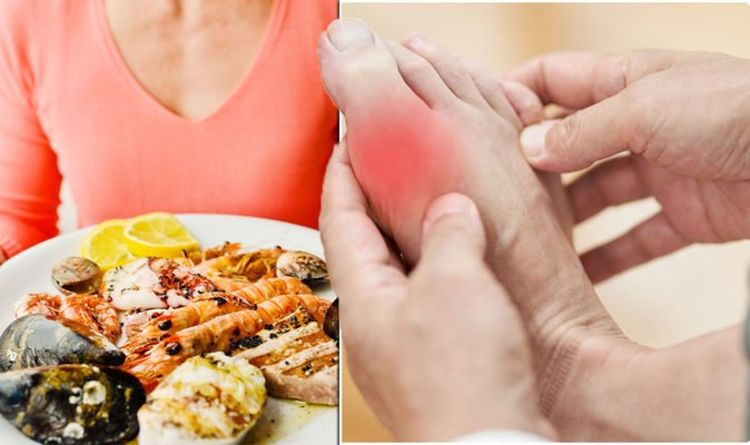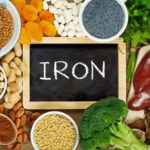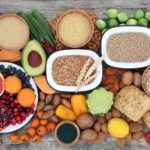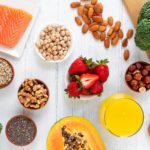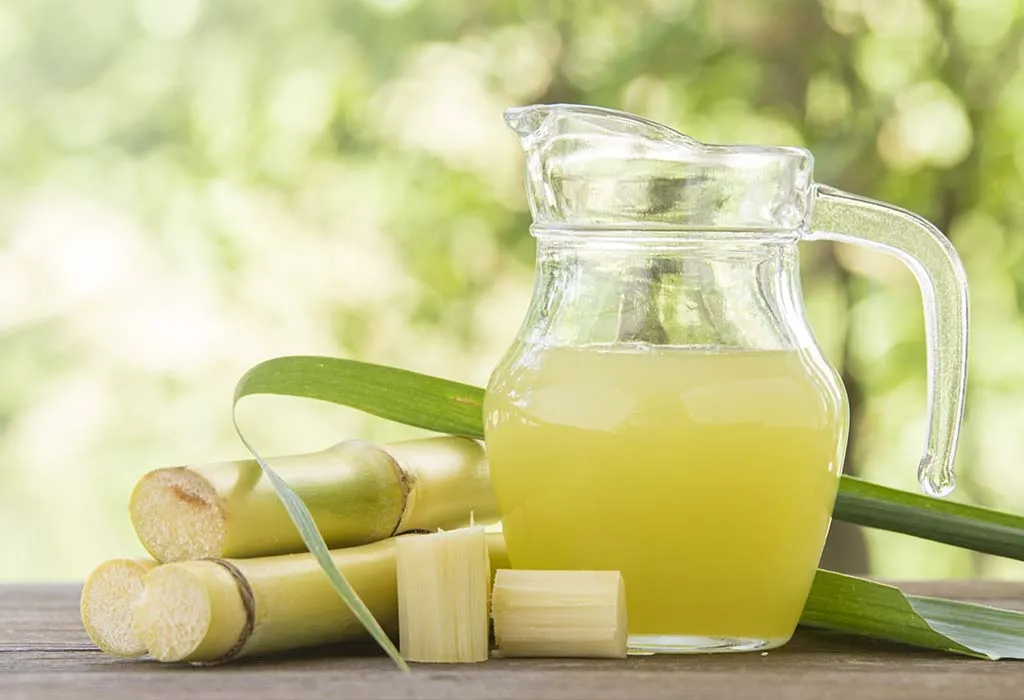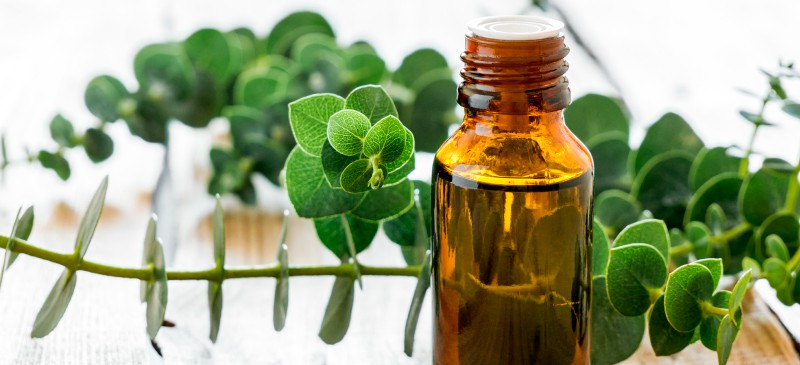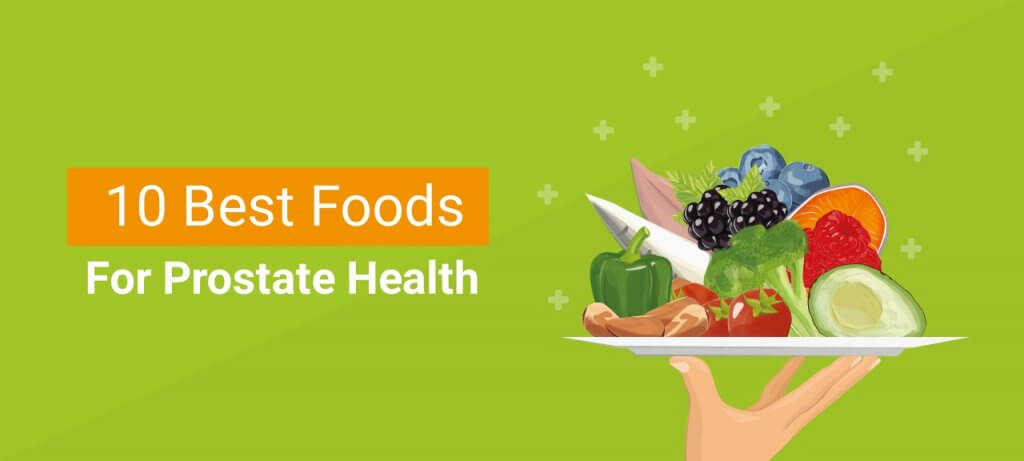List of Worst Foods for Gout
Before taking note of the worst foods for gout, understand that gout is a type of arthritis that occurs when there is too much uric acid in the body.
This condition, called hyperuricemia, occurs when uric acid builds up and causes joint pain.
Although there are several possible causes, including genetic influences and underlying medical conditions, diet can have a direct impact on gout and its severity.
If you have gout, you should avoid foods high in sugar, red meat, offal, processed foods, and alcohol. You should eat foods that are low in purines, such as whole grains and vegetables, low-fat dairy products, and foods rich in vitamin C.
In this article, learn what pudding is and how it works. It can help you know which foods to avoid if you have gout and how to identify the foods that may diminish or limit gout flare-ups.
Purines?
Purines are compounds that occur naturally in food and in the body. When they come from the food you eat, they are called exogenous purines, which means they come from outside the body. Purines that come from the foods you eat are broken down by your digestive system.
A by-product of this process is uric acid. The body then reabsorbs most of the uric acid, but the rest is excreted or excreted from the body in the urine and feces.
When purine levels are too high, the body cannot process them completely. Uric acid then builds up in the blood.
This hyperuricemia can occur from purine-rich foods alone, but it is also more likely to occur from eating these foods if you have certain underlying health problems. These disorders include:
1. Chronic kidney disease
2. Diabetes
3. High blood pressure (hypertension)
4. Psoriatic arthritis
5. A recent infection, injury, or surgery
Gout symptoms
This is because the kidneys use water to excrete uric acid into the urine. Water is quite good for kidney health. Renal dysfunction is one of the factors that contribute to gout.
However, many health care providers prefer to focus on general dietary guidelines rather than specific foods. They suggest you:
Change your protein source

Certain meats and seafood can have high uric acid levels, but if you eat a wide variety of them and stay away from the worst offenders above, you’ll be on the right track.
Enjoy fruits and vegetables.
Most are low in purines, but even the higher levels have not been shown to affect gout symptoms.
And the benefits are worth it. Enjoy grains (except oats). Rice, pasta, bread, and cereals are all good for gout (except oatmeal). Be careful not to add high fructose corn syrup to packaged products, and eat whole grains (at least (half the time).
List of Worst Foods for Gout or Foods to Avoid
If you have hyperuricemia or gout, talk to your doctor about avoiding or limiting foods high in purines. These foods include:
1. Sugars and fruits high in fructose
2. Sweet drink
3. Processed food
4. Red meat/internal organs
5. Certain seafood
6. Alcohol
7. Yeast
Eliminating these from your diet can help prevent and treat gout flare-ups.
1. Sugar and fruit
Sugar, including fructose, appears to increase uric acid levels in the blood.
Fructose is a natural sugar found in some foods. It is added to many products as high fructose corn syrup. Avoiding or limiting high-fructose foods can help relieve gout symptoms.
Some fruits are naturally high in fructose. However, the relationship between fruit and gout is unknown.
You don’t have to give up all fruit if you have gout. But it might help
2. Avoid or limit some fruit juices
3. Eat only one serving of fruit at a time
4. Note how it affects gout symptoms
Cherries are an exception, BECAUSE it can actually lower uric acid levels.
What foods should you avoid?
If you are prone to sudden gout attacks, avoid foods high in purines, which are the main cause.
These are foods that contain 200 mg or more of purines per 3.5 ounces (100 grams)
You should also avoid foods high in fructose or moderately high in purines, which contain 150-200 mg of purines per 3.5 oz. These can trigger gout attacks.
Here are a few major high-purine foods, moderately-high-purine foods and high-fructose foods to avoid
1. All organ meats: These include liver, kidneys, sweetbreads and brain
2. Game meats: Examples include pheasant, veal and venison
3. Fish: Herring, trout, mackerel, tuna, sardines, anchovies, haddock and more
4. Other seafood: Scallops, crab, shrimp and roe
5. Sugary beverages: Especially fruit juices and sugary sodas
6. Added sugars: Honey, agave nectar and high-fructose corn syrup
7. Yeasts: Nutritional yeast, brewer’s yeast and other yeast supplements
Additionally, refined carbs like white bread, cakes and cookies should be avoided. Although they are not high in purines or fructose, they are low in nutrients and may raise your uric acid levels.
Here’s a sample menu
The following is an example of a healthy menu that may be suitable for a person with gout. However, people should speak with a doctor for advice about dietary changes.
Breakfast
1. Loaded oatmeal with coffee and a glass of water
2. For loaded oatmeal, combine:
– oats made with milk
– berries and cherries
– almonds and walnuts
Lunch
1. A loaded salad with leafy greens, vegetables, one to two boiled eggs, fruit, avocado, flaxseed, and a dressing of olive oil and vinegar
- 1 cup of black bean soup
- one to two glasses of water
Dinner
- Half a cup of skinless chicken breast
- Half a cup of brown rice, barley, or another type of whole grain
- 1–2cupsofbroccoli
- Half a cup of kefir
- onetotwoglassesofwater
Meal plans
Although medications may still be necessary to treat gout, making dietary changes using the tips above can be an effective way to manage the symptoms and prevent future flares.
In particular, a balanced, low-purine diet rich in fruits, vegetables, lean protein, and dairy products is especially beneficial.
According to the Arthritis Foundation, following a diet plan based on the Mediterranean diet can also help lower uric acid levels and support overall health.
Ideally, a healthy eating plan for gout is:
1. Limit foods high in purines
2. Contains a variety of foods that can control uric acid levels
3. Help a person gain and maintain a moderate weight
A person may also consult their doctor for additional guidance in creating a meal plan tailored to their specific needs.

A graduate of Computer Science and Information Management Technology. Diploma – Caregiving, Certificates – Dementia and Diabetes Awareness and Management. A researcher, blogger, songwriter, singer and acoustic guitarist. Born in an environment where natural talents such as healing are imparted at our natural birth. This natural talents of healing is the result of our genetic inheritance and the training from family environment.







